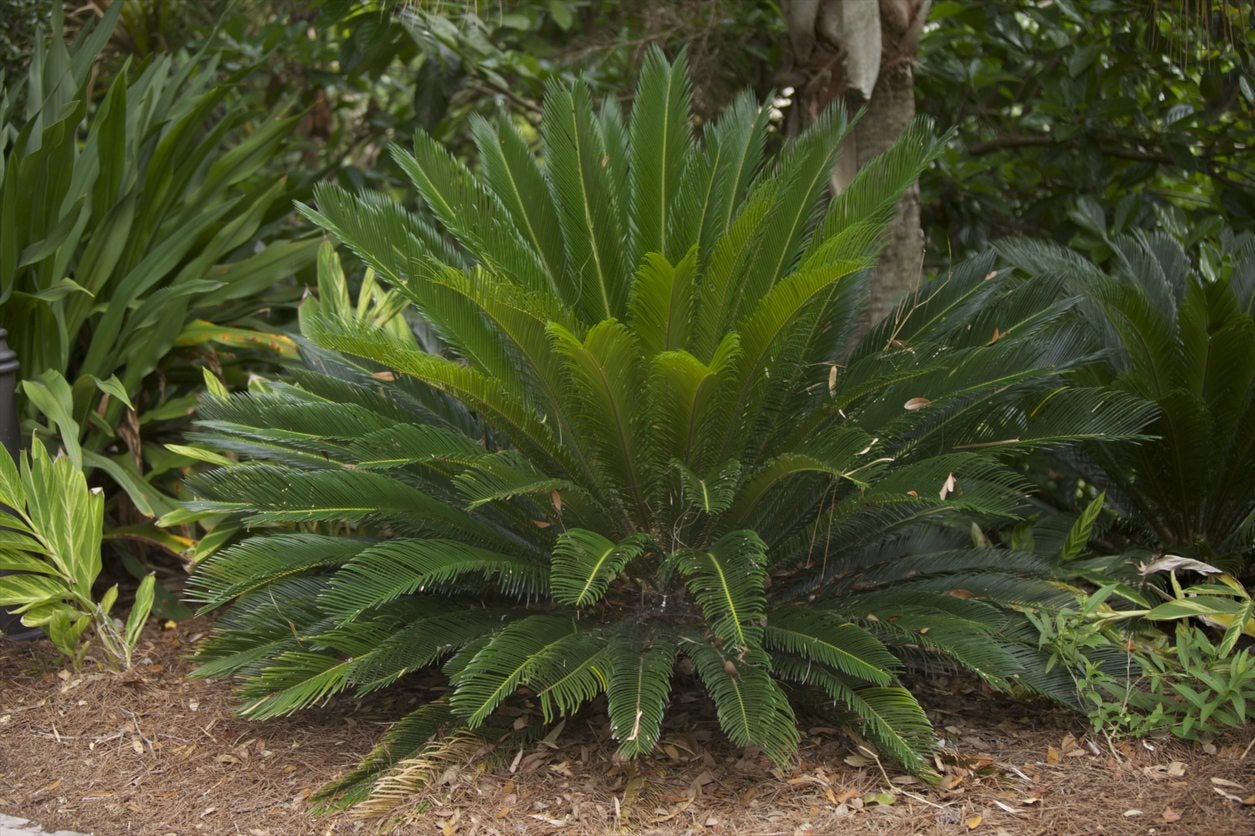Transplanting Sago Palms – How To Transplant Sago Palm Trees


Sometimes when plants are young and small, we plant them in what we think will be the perfect location. As that plant grows and the rest of the landscape grows up around it, that perfect location may become not so perfect anymore. Or sometimes we move to a property with an old, overgrown landscape with plants competing for space, sun, nutrients, and water, choking each other out. In either case, we may need to transplant things or do away with them altogether. While some plants transplant easily, others do not. One such plant that prefers not to be transplanted once established is sago palm. Should you find yourself needing to transplant a sago palm, this article is for you.
When Can I Transplant Sago Palms?
Once established, sago palm trees do not like to be moved. This does not mean that you can’t transplant sago palms, it just means that you must do it with extra care and preparation. The timing of transplanting sago palms is important. You should only attempt to move a sago palm in late winter or early spring when the plant is in its semi-dormant stage. This will reduce the stress and shock of transplanting. When semi-dormant, the plant's energy is already being focused on the roots, not top growth.
Moving a Sago Palm Tree
Approximately 24 to 48 hours before any sago palm tree transplanting, water the plant deeply and thoroughly. A long slow trickle from a hose will allow the plant plenty of time to absorb the water. Also, pre-dig the hole in the location where you will be transplanting the sago palm. This hole should be big enough to accommodate all the roots of your sago, while also leaving plenty of loose soil around the roots for new root growth. The general rule when planting anything is to make the hole twice as wide, but no deeper than the plant’s root ball. Since you have not dug up the sago palm yet, this may take a bit of guesswork. Leave all soil dug out of the hole nearby to backfill once the plant is in. Timing is important, as again, the quicker you can get the sago palm replanted, the less stressed out it will be. When it is actually time to dig up the sago palm, prepare a mixture of water and rooting fertilizer in a wheelbarrow or plastic container so that you can place the plant in it immediately after digging it up. While digging up the sago, take care to get as much of its root structure as possible. Then place it in the water and fertilizer mix and quickly transport it to its new location. It is very important to not plant the sago palm any deeper than it was previously. Planting too deep can cause rot, so backfill under the plant if necessary. After transplanting the sago palm, you can water it with the remaining water and rooting fertilizer mixture. Some signs of stress, like yellowing fronds, is normal. Just carefully monitor the plant for several weeks after transplanting it and thoroughly water it regularly.
Sign up for the Gardening Know How newsletter today and receive a free copy of our e-book "How to Grow Delicious Tomatoes".

Darcy is a former contributor to Gardening Know How. She is a professional landscape designer and gardening writer with experience in plant sales. An avid gardener, Darcy has a passion for sharing practical tips to help others grow.